-
Membership
Membership
Anyone with an interest in the history of the built environment is welcome to join the Society of Architectural Historians -
Conferences
Conferences
SAH Annual International Conferences bring members together for scholarly exchange and networking -
Publications
Publications
Through print and digital publications, SAH documents the history of the built environment and disseminates scholarship -
Programs
Programs
SAH promotes meaningful engagement with the history of the built environment through its programsMember Programs
-
Jobs & Opportunities
Jobs & Opportunities
SAH provides resources, fellowships, and grants to help further your career and professional life -
Support
Support
We invite you to support the educational mission of SAH by making a gift, becoming a member, or volunteering -
About
About
SAH promotes the study, interpretation, and conservation of the built environment worldwide for the benefit of all
Living on Italian Streets
Aymar Mariño-Maza is the 2018 recipient of the H. Allen Brooks Travelling Fellowship. All photographs are by the author, except where otherwise specified.
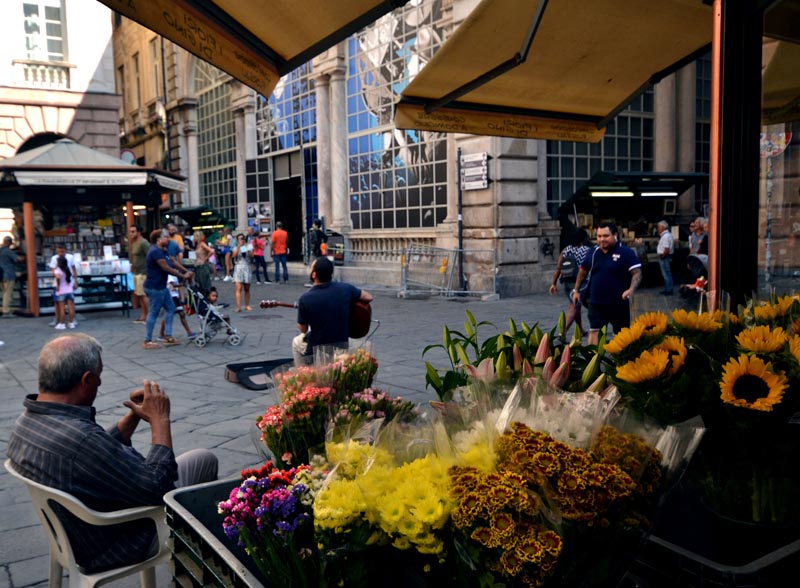 Figure 1: Piazza Banchi, Genoa
Figure 1: Piazza Banchi, Genoa
Let’s paint a picture together. Now, I don’t usually like to paint with other people. I don’t even like for them to be in the same room while I’m in the act. Painting for me is intimate. It’s private, sacred and vulnerable. It’s best done with a little wine, some good music, and a whole lot of body movement. It’s not done with a throng of tourists stepping over your toes and some eager mother forcing her not-so-eager children to admire your unfinished work. But alas, we are in Italy, where privacy is not a word easily spoken without hearing a scoff. As I say this, I picture those eagle-eyed nonnas that always seem to be leaning out of windowsills whenever I happen to look up. On the off chance that one of them finds herself reading this, let it be known that this piece goes out to them.
I raise my pen to the eyes of Italy.
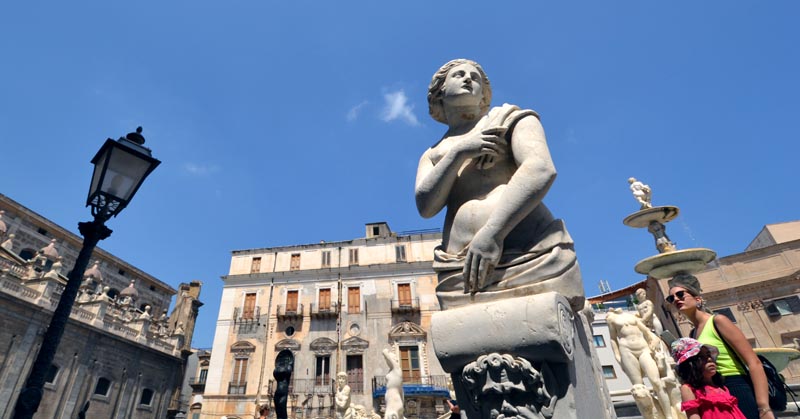
Figure 2: Fontana Pretoria in Piazza Pretoria, Palermo
With the toast out of the way, let’s paint. Let’s share in this intimate act made public.
The streets are white-washed in heat. The blinds are drawn, with bedsheets draped over balconies like the forts children build in living rooms. The surfaces of the buildings on one side of the street make unexpected silhouettes at sharp angles, with deep dips at alleyways and entrances, corrugated ridges over mismatching stone balconies and chipped plaster walls, and odd bits where those unwanted cables, pipes, and air conditioning units poke out into the light. These same shadows fall like a single brushstroke down the other side of the street. They meet the sidewalk just far enough to give a row of pedestrians shelter. But this shelter is in short supply. Passersby throng the sidewalk, slip onto the street, balance along the curb, and slide between parked cars, all of them caught in the unspoken street fight over shade.
This is just one of the many unspoken street fights. Under the blinding light of that Mediterranean sun, there are battles most tourists cannot see and many locals choose not to see. Turf wars, fights for survival, and battles of the fittest. In some ways, it’s that light—the double exposure granted by the street—that serves as shelter in these wars.
Now, I do not presume to have any real insight into the underworlds of Italy. No, all I have access to is the street—the same street we all share. But, under the prolonged camouflage granted by my paintbrush and my less-than-intimidating appearance, I have a pretty decent sightline.
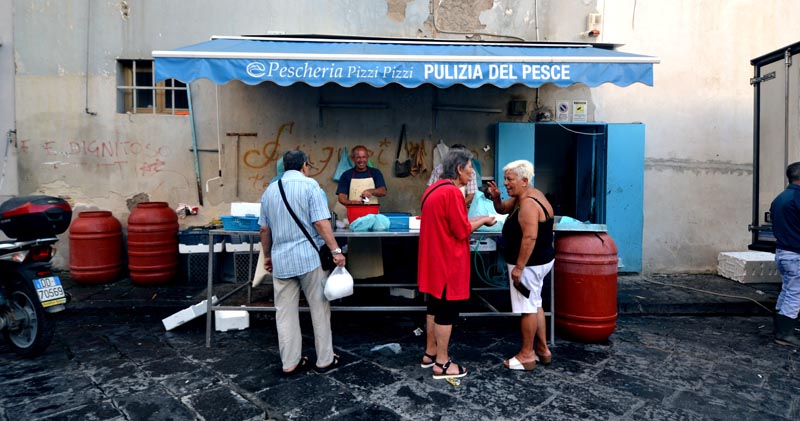
Figure 3: Fish Market on Via Sopramuro near Porta Nolana, Napoli
Take My Picture
The inspiration for this post came not from pushing through the bustling markets of Palermo nor from reading one of the many newspaper articles on the mafia that are being written in an almost addict-like fashion to this day. Surprisingly (to me at least) it came from a short walk I took with my mother in Vallecas, one of Madrid’s most notorious neighborhoods. In the fifteen minutes it took to run an errand, my mother’s windshield wipers had become the unlikely home of a small stack of photocopies featuring the headless bodies of a couple half-naked women. Their photos were adorned with bold black letters reading “LATINAS NUEVAS EN TU BARRIO” (“new Latinas in your neighborhood”) and a phone number, which I failed to commit to memory.
My first reaction was instantaneous. I wanted the images gone, burned, ripped into thousands of little pieces. It wasn’t that I wanted those women gone, but the image they had been reduced to, the form and manner in which they had been exposed. Headless bodies, flattened out, thrown onto the street. That image needed to be erased.
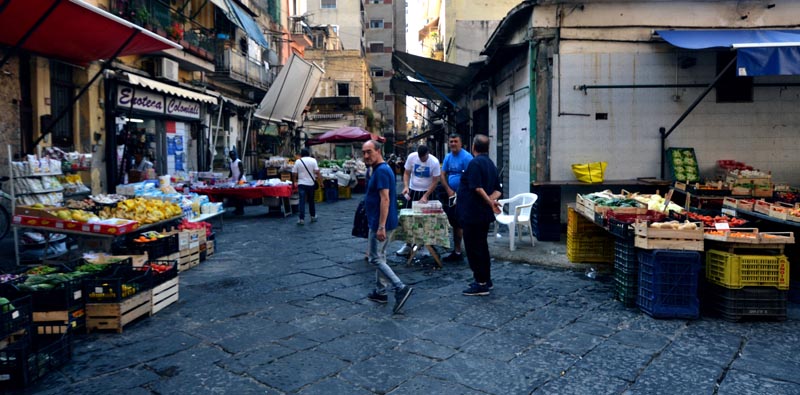
Figure 4: Market along Via Sopramuro near Porta Nolana, Napoli
The photocopies sent me down a rabbit hole, thinking about the way that we perceive the identity of the other within the public space. As Lefebvre wrote, “Relationships between men are masked by relationships between objects, human social existence is realized only by the abstract existence of their products. Objects seem to take on a life of their own.”1 This is a rewording of Marx’s theory of fetishization, where fetishes are these external projections of men, these objects that have taken on meaning through the projection, and the stage upon which they are exchanged is the public sphere, the city, the street, the marketplace.
Objects take on a life of their own. The simplicity of Lefebvre’s words might take away from the profundity of the statement and the significance it has in the study of how people inhabit space, how they interact with each other, and how they see themselves. Objects that have been thrown into the street, so to speak, objects such as the photographs of these women, become something entirely different from the original.
At this point, like a dutiful architecture student, I desperately want to tie in Walter Benjamin’s The Work of Art in the Age of Mechanical Reproduction. But what’s being discussed here isn’t a photograph (or might I say a photocopy?) within the context of an art exhibit, but one within the frame of social exhibition. As Artaud wrote in The Theater and Its Double, “art and culture cannot be considered together.”2 The distinction is significant. It’s not just the photograph as object, but the content of the photograph as object. The body of the woman is significant. The fact that it is the body of a very real and corporeal woman matters.
Guy Debord, in his 1967 seminal text Society of the Spectacle, describes social interaction defined by what he terms “the spectacle.” The spectacle is the image-based world wherein individuals understand themselves, each other, and society as a whole through the commodified images that are circulated in the public. What is interesting to us here is the level of reality that Debord ascribes to these images. The Spectacle, he writes, “is not a mere decoration added to the real world. It is the very heart of this real society’s unreality.”3 In other words, the images become the same as the objects they image because the spectacle is not just applied, it is produced.
In this light, the women that were photographed in the photocopies become the image that is photocopied. Moreover, all the women that exist behind the veil of these photocopies become that same image represented by a singular headless body.
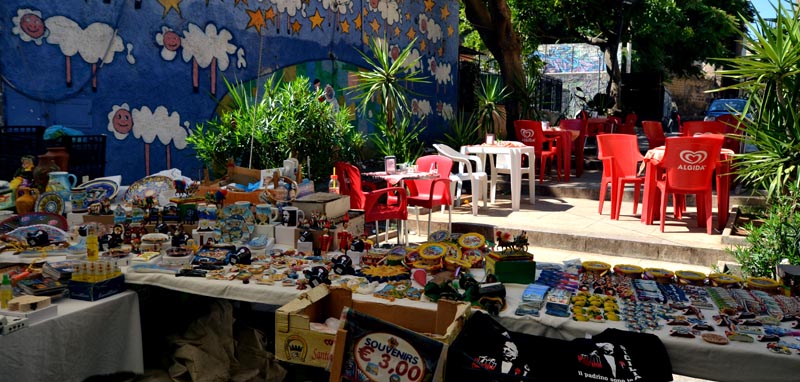
Figure 5: Souvenir stands in Ballarò market, Palermo
These women had been reduced to Marxist objects of fetish. Fetishized? Definitely. Dehumanized? Clearly. Prostituted? Apparently. But displaced? Perhaps I’ve been losing myself too much in this project and can’t see the world outside its frame. Or perhaps the image of a near-naked Latin American woman being passed around the windshields of Madrid is a genuine expression of the complex reality that is human displacement.
I have said this many times and I will continue to repeat it: let us not reduce displacement down to a singular, easily digested image. Displacement is not an abstract concept. It is not a symbol. It is a human condition experienced by individuals. And among the various branches that make displacement, quite a few take the form of roots, well-hidden in the underground world of human trafficking.
All of the branches of displacement, though, are processed in the social sphere as objects in the manner described above. They are fetishized, processed as images that then take on a life of their own.
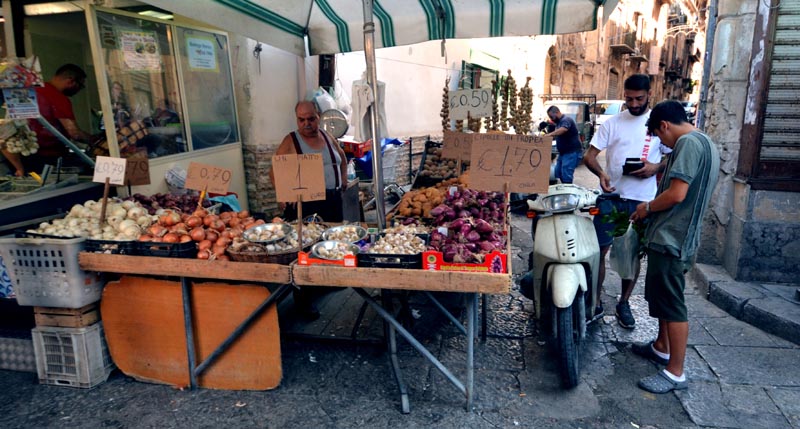
Figure 6: Ballarò Market, Palermo
The second reaction I had, a few seconds after I’d thrown the photocopies into the nearest bin and driven away, was regret. I wanted to take them out of the trash, to flatten them, to photograph them, to save the number, to call the police. I wanted to change their meaning somehow, to appropriate them for something else, to give them another layer of significance.
Perhaps there is more meaning in the fact that I didn’t turn back than in all the rest. In not doing anything, I cemented the distance between myself and the woman, a distance that was initially presented in the form of that photocopy. The photocopy was the object that existed between us and that defined our alienated interaction. The photocopy was symbolic of a much larger and more complex distance: that of contemporary social interaction, or of an interaction of alienation.
From Port to Shipping Port
I’ve been traveling around for six months now, with a single question constantly turning around in my head. How do we inhabit space? The question seems simple enough, maybe even obvious. But with every place that I visit, every book I read, and every article I write, the farther I seem to travel away from a clear answer. And space as I’d previously understood it, through the eyes of an architecture student, through the eyes of an inhabitant, and through the eyes of a passing tourist, that space is now disengaged from the contexts that had previously framed it so simply, so that every day it seems to lose another layer of the consistency that once grounded it—and myself along with it.
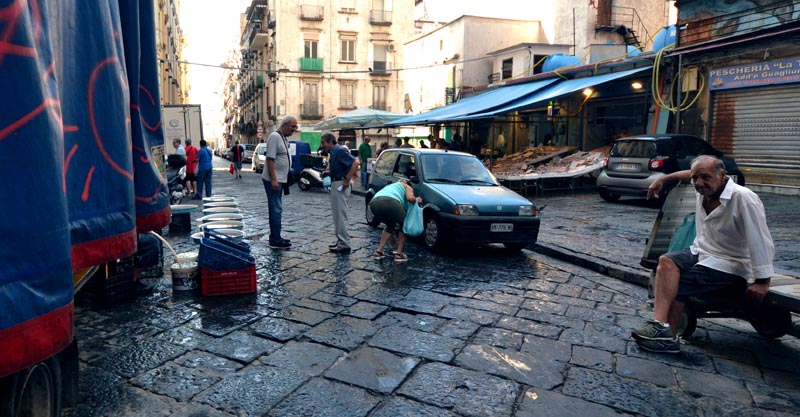
Figure 7: Market along Via Sopramuro near Porta Nolana, Napoli
A byproduct of being a stranger in every country I visit is that I am privy to very few expressions of habitation. I do not enter the bedrooms of those I speak to, nor do I sit in a corner of the room unseen while they fight over dinner. There is a single architectural space that is available to me and, in its own way, depicts an honest expression of the way people inhabit space—that space is the street.
The street is the fabric that binds a city together and paradoxically disengages its separate pieces from one another. It is the universal network within which all the constituents of the city can converge, or at least can be exposed to each other. The street is the single most indelible element of the city. The city dweller, even in his anonymity, is forced to also be the street dweller, to make use of, exploit, tread lightly through, and disappear into the street. The street is one of the few places when the entirety of urban civilization can be seen, if only momentarily and if only through the image they can present of themselves. Within the social contract of the urbanite, the street is the architecture of society: in other words, the space between architecture is the architecture of society.
No matter how superficial we might think our street expression may be with regards to who we truly are, it is not insignificant. Repeating Debord’s words, it is not “mere decoration,” but a form of ourselves that we produce and which the street reproduces.
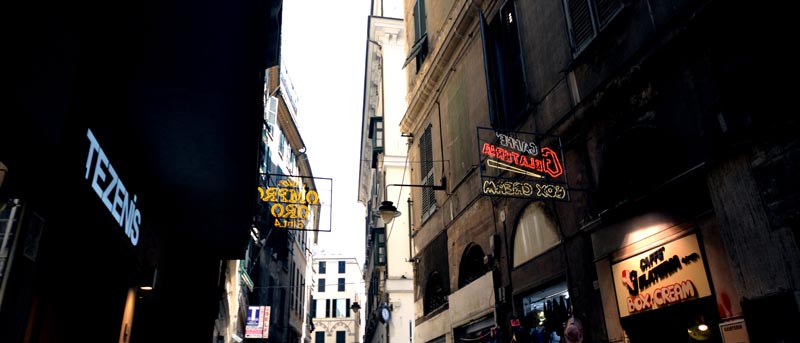
Figure 8: Via degli Orefici, Genoa
The streets of Genoa draw up to the sky with the virility of Ireland’s seaside cliffs. I only realize they’ve split into individual buildings by the time they reach the roofline, where their jagged ridges take sharp and unnatural chunks out of the skyline. On the level of the street, though, these same divisions blur into a near-homogeneous spectacle of all its heterogeneous parts: folded up chairs, rusted bicycles, cardboard boxes, piles of metal kegs, and umbrellas closed and opened over scattered café tables, all of them adorning a stone pavement that’s just begging to be tripped over. Then, if you’re reckless enough to look up, there are water stains seeping lazily over much lazier graffiti, neon signs, hastily written chalk signs, leftover bits of trompe l’oeils marking crumbling stones, headless statues, rootless vines, and broken windows. And finally, caught within it all, the people with their miles and miles of suntanned legs, sweaty hairlines, and coarse easy smiles that hold a “ciao” just waiting to be flicked off to anyone near enough to catch it.
Some streets are different though. More like back alleys, they slice dark fjords up and down the city, where cooling feet poke out of even darker doorframes, crouched bodies make ominous silhouettes, and the brilliant whites of men’s eyes appear like magnets from the shadows. What is it about these streets that makes them seem so dangerous? What is it that makes each unknowing tourist I pass look straight ahead with the stoic frown of the fearful? Is it the color of the skins that fill these streets? Is it the spheres of dominance that surround the scattered groups of men along its edges? Or is it the women whose exposed legs I can just make out, extended out into the intersection beyond?
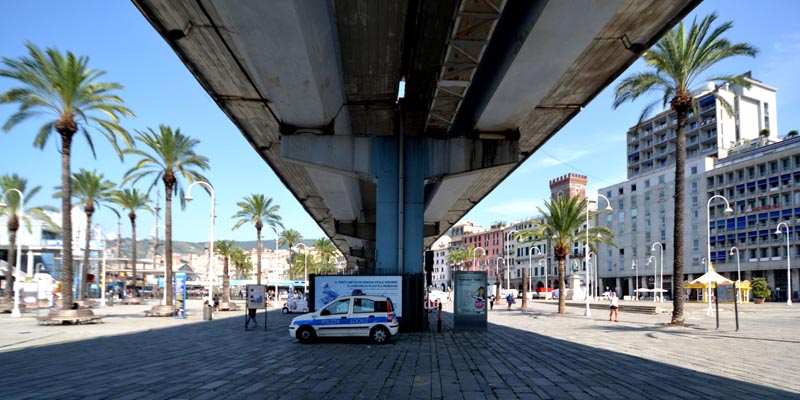
Figure 9: Piazza Caricamento in Porto Antico, Genoa
In the battle for shade, it seems like these people have won. In the other battles—those of dominance, power, significance, or independence—it is impossible to tell just by watching people inhabit a street. Mind you, it’s also impossible to tell by reading philosophical texts, academic research papers, or even official reports. Because the intricacies of the human experience, especially of those living on the fringes of society, is not so easily explained through facts, figures, generalizations, or abstractions. This is possibly the single fact I’ve found to be proven true in each of the places visited so far: the human experience cannot be entirely explained.
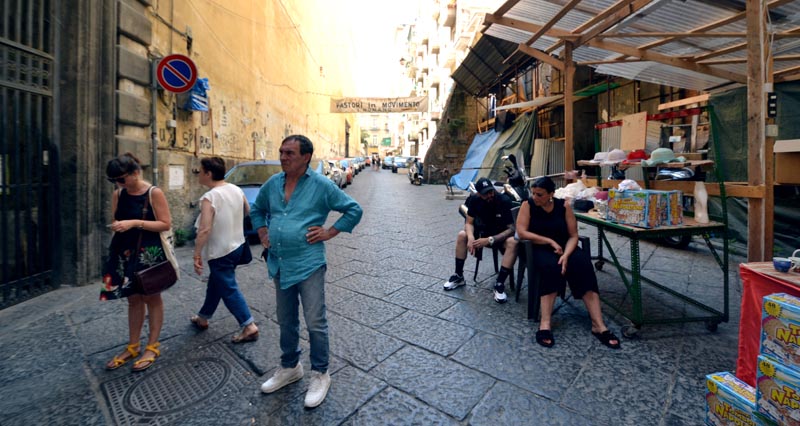
Figure 10: Spaccanapoli, Napoli
Genoa is one of the three main ports from which the great Italian emigration took place between the late 1800s (after unification) and the early 1900s (after becoming a fascist state). Laws were quickly enacted to restrict emigration, especially after Italy became a fascist state, so those Italians who had the means to escape (but not the right) had to make use of Italy’s internationally acclaimed illicit ways.
Along with Napoli and Palermo, Genoa experienced what I can only imagine in true Hollywood fashion, the twilight rush of unlit boats leaving its shores. The truth is far from cinematic. There are reports of some extreme and uncontrolled conditions experienced by many of the lower-class migrants, including drowning during boarding or sleeping for days under the rain waiting on the docks.4
Less than a century later, the scene has reverted itself. Nowadays, overpacked boats make the inverse journey back into these ports. Some of these immigrants are caught in the act, sent into refugee camps, and more importantly, registered. They are assimilated into the legally defined category of “refugee” that has become so widespread in the 21st century. But we’d be fools if we thought the only ones that reached the shores were the ones brought in by the Italian coast guard or an international aid agency, or that all those who were registered did so using their real identity. As with any account that attempts to describe a general experience, there are always those pesky roots that never quite poke through the surface of the ground.
There Are No Secrets In Sicily
Visitors nowadays might want to imagine Sicily as an insular community with strong traditional values, but that wasn’t always the case. Sicily was at the crossroads of Mediterranean trade, wars, and politics well into the 20th century. Its people have been subjected to a near-constant stream of occupations, from the Greeks in 1600 BC to the Germans in the Second World War. As historian John Norwich writes, Sicily was been “[t]he stepping-stone between Europe and Africa, the gateway between the East and the West, the link between the Latin world and the Greek, at once a stronghold, clearinghouse, and observation point.”5 Sicily has witnessed countless cycles of human migration in and out of its ports and has consequently been injected with a cocktail of cultural elements, each of which have had an influence, be it small or large, over its layered identity.
Each of these layers of influence can be seen in the architecture of the island. On one side of the island, Norman towers flank a Baroque facade below a roofline of Arabic domes, while on the other, Greek temples mirror the modernist structures crumbling around them. In an island that at first glance might give the impression of an idyllic and remote Mediterranean haven, the interlocked pieces of architectural legacy provide glimpses into Sicily’s complex history of human movement. Another element that gives that complexity away is the people—thoroughly Sicilian; in other words, thoroughly complicated.
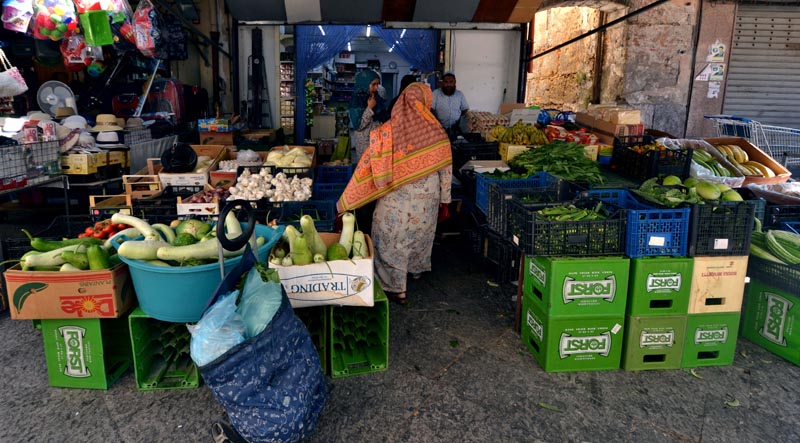
Figure 11: Ballarò Market, Palermo
This history of occupation has had a significant effect on Sicily’s people. It helped define their independent spirit. Journalist Selwyn Raab describes the two primary veins that developed in Sicily due to this string of occupations as “contempt for and suspicion of governmental authorities; and tight-knit alliances with blood relatives and with fellow countrymen facing the same perils.”6 Out of the institutional distance, governmental instability, and foreign rule that marked Sicily, there grew a strong subversive vein that manifested itself in, among other forms, the appearance of guerilla groups that quickly evolved into the proto-governmental bodies known nowadays as the mafia. La Cosa Nostra, the well-known Sicilian mafia, literally means “Our Thing.” It’s a Sicilian thing, because Sicily can’t be run by anyone but a Sicilian.
The origin of the word mafia isn’t known, but there are a few interesting hypotheses. One of them is that the word has an Arabic root and that it means “place of refuge.” This version of the word takes on deeper meaning when remembering the image of the Sicilian bandits under Garibaldi, who found refuge in the caves around the island while fighting the Bourbons in the 1800s. Another theory is that the word is an acronym for “Morte Alla Francia Italia Anela,” a marker of the rebellious reaction of Sicilians to French rule in the 13th century.
The impact of the mafia on Sicily has a spatial component. In Palermo, for example, the proliferation of criminality led to an emptying out of the city center. As mentioned earlier in this text, Italy experienced major emigration in the last century. Criminal activity was one of the main reasons for this mass emigration, which is (I believe, misleadingly) designated as an example of voluntary migration. Places such as the Ballarò district experienced an urban lull that has only recently begun to reverse itself, as new groups of people have begun to refill the hollowed-out core. The journalist Jason Horowitz wrote in his article for the New York Times that “[f]or decades, the mafia ravaged Ballarò. Anyone who could get out did. The exodus hollowed out Ballarò’s buildings, and migrants moved in.”7
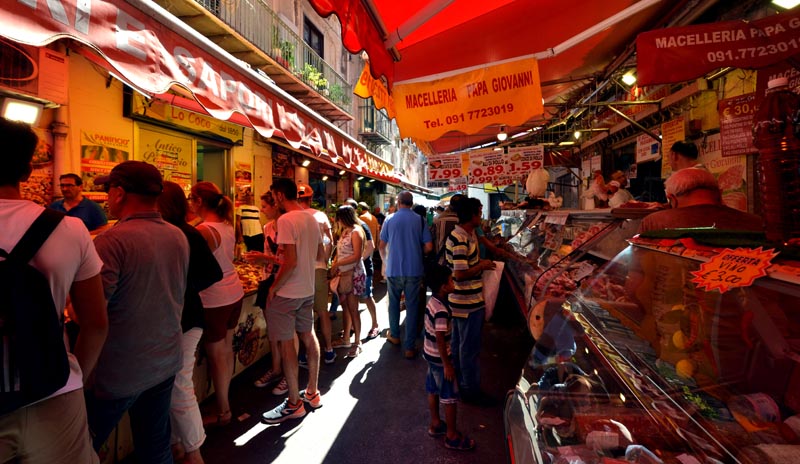
Figure 12: Ballarò Market in Palermo, Sicily
Visitors walking through Ballarò will be bombarded by the sound of Italian being tossed across the street in near-angry bursts of merchant banter, the rich smells of fried food and fresh-caught fish, the slimy dampness under fish stalls set against the humid smoke over open-air grills, and the frantic energy of too many people siphoned through too tight a space. But within this seemingly pure Sicilian scene, there are moments of other cultures that have recently taken root within this island. Bangladeshi merchants gesticulate over cloth bags at the back of open stores quietly discussing prices, North African women sit almost-too-comfortably on plastic chairs placed in the middle of the street, behind boards advertising the beautifully braided scalps of their previous customers, while dark-skinned men weave their bicycles between hordes of tourists with the ease only a local can manage.
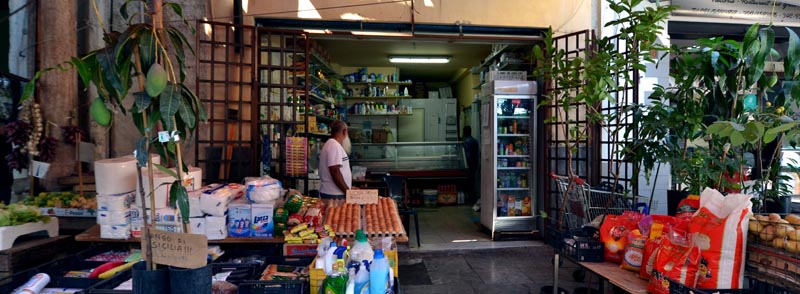
Figure 13: Ballarò Market, Palermo
These images mix effortlessly into the hectic scene of this neighborhood, whose heart and soul is the seemingly neverending open-air market that runs like an artery with some of the best blood flow I’ve even seen. Some inhabitants of Palermo even acknowledge that these migrants have been a key factor is bringing Ballarò back to this overstimulating glory. Leoluca Orlando, currently Palermo’s mayor, is quoted saying that “we have to thank migrants for bringing harmony back to our city […] for showing us the human side of globalization.”8
The situation is not as simple as this harmonious or humane image, however. Sicily is experiencing the complex ramifications that come when a new group enters into an urban fabric. New mafia groups from northern Africa have made their way alongside the migrants, creating tension with the existing power structure of the Sicilian mafia and, in turn, defining the lives of all its inhabitants. The long-term impact of these current changes cannot yet be known, but I imagine it will, in the long run at least, become one of the many waves in the turbulent and enigmatic sea of Sicily’s history of human migration.
Everywhere and Nowhere
The first few times I walked through the market of Ballarò I couldn’t turn my eyes from the bustle, the colors of the foods, or the vibrant energy of the people. Like any citizen caught in Rem Koolhaas’s Junkspace, I only saw what lived on the surface of that space. I consumed the accumulation of images with the blind hunger with which I consumed every cone of gelato that I could afford.
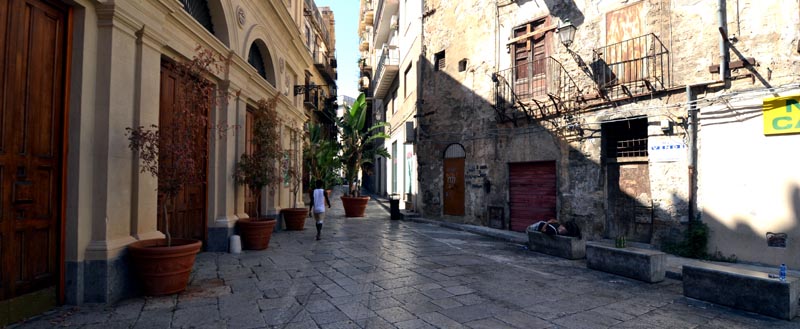
Figure 14: Historic City Center, Palermo
By my third or fourth walk through Ballarò I began to see the space more like a multi-layered scene: from the walking tourists shuffling through, blinded as I was, to the merchant who watched a young boy steal a piece of fruit and said nothing; to the merchant across from him, screaming out nonsense to attract the ears and eyes of passing shoppers; to the woman ignoring demanding customers by wasting time in the dingy, steamy back room of her store; to the small packs of young men with sweaty backs pressed against street walls, their eyes equally distributed between open purses and open necklines; to the empty space behind so many stalls that made me think of areal images shot over national borders marked by inequality; to the muffled sounds of sneezes, marital arguments, and television sets sifting down from open windows above; and finally to the buildings behind all of it, with crumbling walls that seemed more penetrable than the tightly locked windows they framed.
But the longer I watched, the more I saw, and the clearer it became that these layers of space were all part of the same truth. They exposed and concealed, simultaneously and perpetually. Each layer contained an essential truth within the full experience of the street. At the end of Society of the Spectacle, Debord set a challenge for the reader. He asked that the reader go out in search of the moments of truth—or honest situations, in true Situationist International fashion—within the spectacle. And yet, though he goes into great depth when describing how the spectacle manifests itself and how impenetrable it is, he never really explains what these moments of truth might look like.
An approach might be to say that they exist in the form of concepts—such as beauty or love—that can be abstracted from and stand autonomously beyond the reach of social manipulation. Even if such concepts do in fact exist in that form, it would mean the only honest moments are those abstracted from humanity. I don’t believe that’s the case.
I’ve heard it said that in Sicily the mafia is everywhere and nowhere. I believe the same thing could be said about these moments of truth. There are moments of truth in every interaction, every space, and every thought, and at the same time, all of them are moments within the lie—or spectacle, or whatever else you want to call it. And that may be something we must learn to live with, that we must always be stepping into battle when we walk onto the street, a battle over its meaning, its impact, and definitely its shade.
1 Lefebvre, Henri and Gutterman, N. (2003). “Mystification: Notes for a Critique of Everyday Life.” In S. Elden, E. Lebas, and E. Kofman (Eds.), Key Writings (Bloomsbury Revelations) (pp. 80-94). New York: Bloomsbury Publishing.
4 Zorfini, V. (2018, Jan 23) “Genova, from a city of immigration to a city of migration.” PanoramItalia. Retrieved from https://www.panoramitalia.com/index.php/2018/01/23/genova-from-a-city-of-immigration-to-a-city-of-migration/
6 Raab, S. (2016). Five Families: The Rise, Decline, and Resurgence of America's Most Powerful Mafia Empires. New York: St. Martin's Press.
7 Horowitz, J. (2019, May 22). “Palermo Is Again a Migrant City, Shaped Now by Bangladeshis and Nigerians.” The New York Times. Retrieved from https://www.nytimes.com/2019/05/22/world/europe/italy-palermo-immigrants-salvino.html.
8 Merelli Quartz, A. (2016, June 22). “Refugees Are Reclaiming A Sicilian City Emptied By The Mafia.” Huffington Post. Retrieved from https://www.huffpost.com/entry/sicily-migrants-mafia_n_576addfae4b0c0252e7810d1



Leave a commentOrder by
Newest on top Oldest on top